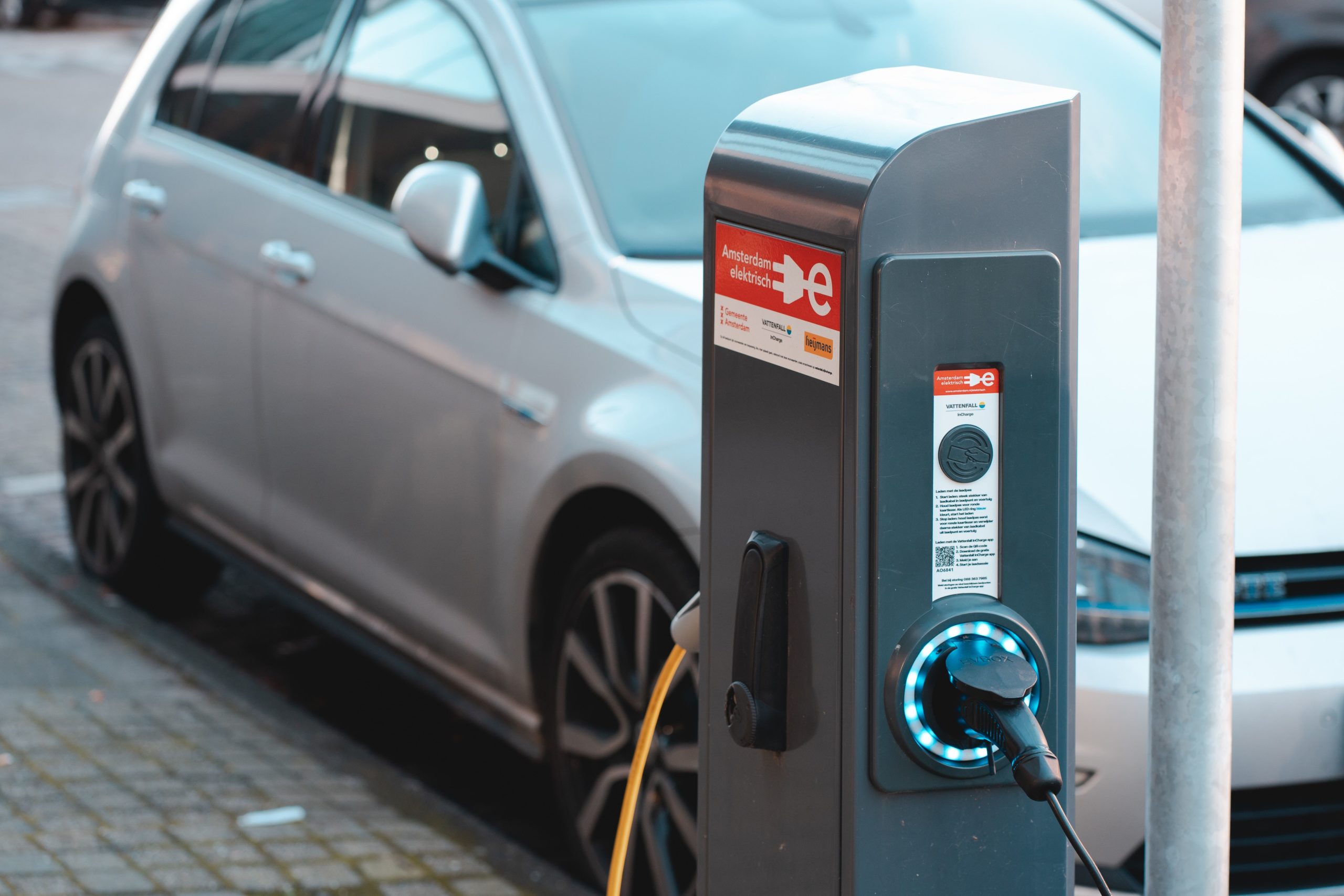The global shift towards sustainable transportation has driven the rapid growth of electric vehicles (EVs) in recent years. Governments around the world have played a significant role in promoting EV adoption by offering subsidies and incentives to consumers. However, as the EV market matures, there is a growing concern about the sustainability of these subsidies. Rather than simply reducing subsidies, policymakers and stakeholders should consider innovative alternatives that can continue to drive EV adoption while ensuring long-term viability. In this blog, we’ll explore some effective alternatives to subsidy reductions that can accelerate the transition to electric vehicles.
Infrastructure Investment
One of the major obstacles to widespread EV adoption is the lack of charging infrastructure. Governments can allocate funds to build a robust charging network, making EV ownership more convenient and reliable. Investing in charging stations at key locations like highways, urban centers, and residential areas can significantly alleviate range anxiety and encourage more people to make the switch to EVs.
Tax Incentives
Rather than direct subsidies, governments can offer tax incentives to EV buyers. These incentives could include reduced sales taxes, income tax credits, or deductions. Tax incentives are less immediate and more sustainable than subsidies, as they promote EV adoption without direct budgetary impacts.
Low-Interest Loans and Financing Programs
Governments and financial institutions can collaborate to offer low-interest loans or special financing options for EV purchases. This can reduce the upfront cost barrier and make EVs more accessible to a wider range of consumers. By leveraging existing financial infrastructure, this approach promotes EV adoption while maintaining financial sustainability.
Mandates and Targets
Setting ambitious targets for automakers to produce a certain percentage of electric vehicles can drive innovation and investment in EV technology. These mandates can be complemented by incentives for automakers who exceed their targets, encouraging them to prioritize EV development. This approach fosters healthy competition within the automotive industry and results in a wider variety of EV options for consumers.
Fleet Electrification
Government agencies and corporations can play a pivotal role in accelerating EV adoption by transitioning their own vehicle fleets to electric. This not only creates demand for EVs but also showcases their feasibility and reliability in real-world scenarios. Moreover, bulk purchases can potentially drive down costs, making EVs more affordable for the general public.
Education and Awareness Campaigns
Raising awareness about the benefits of EVs through public education campaigns can dispel myths and misconceptions. By emphasizing lower operating costs, environmental benefits, and improving charging infrastructure, governments can create a more informed and receptive consumer base.
Research and Development Grants
Investing in research and development of EV technology can lead to breakthroughs that lower manufacturing costs and increase performance. Governments can offer grants to support research in battery technology, charging solutions, and other critical aspects of EV development. This approach not only accelerates EV adoption but also promotes innovation and economic growth.
Second-Hand EV Market Support
Encouraging the growth of the second-hand EV market can make electric vehicles more accessible to budget-conscious consumers. Governments can implement incentives for purchasing used EVs and ensure that batteries are well-maintained and warrantied, enhancing the overall perception of the reliability of second-hand EVs.
Conclusion
While subsidies have been a critical tool in jumpstarting the electric vehicle market, they are not the only solution for sustainable growth. By exploring alternatives such as infrastructure investment, tax incentives, low-interest loans, mandates, fleet electrification, education campaigns, research grants, and support for the second-hand EV market, governments can continue to promote EV adoption without relying solely on subsidies. A combination of these strategies can drive long-term sustainable growth in the EV market while reducing greenhouse gas emissions and promoting a cleaner and more sustainable transportation future.

